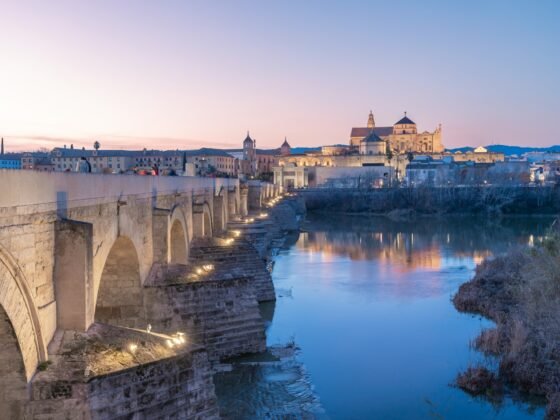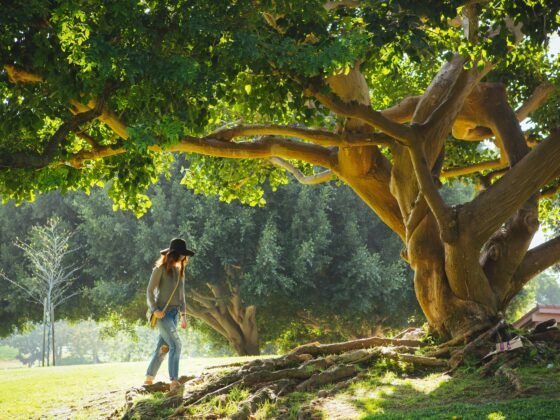The city of Košice, aka “The City of Peace” is joint holder of the prestigious title of European Capital of Culture for 2013 (along with Marseille in France). Košice is a little known historical city in Slovakia that has been ruled by various countries over the years resulting in a rich heritage of Gothic, Baroque, Renaissance and Art Nouveau architecture within the museums, palaces and theatres and along with a lively arts and party scene, this is an Eastern European gem that is about to be showcased to the world.
St Elizabeth’s Cathedral
Cities that are selected to host the European Capital of Culture are given the opportunity to showcase their cultural and social benefits to an international audience and Kosice, Slovakia’s second largest city will certainly shine. With a rich and varied history there is plenty of culture to lap up in the city such as the High Gothic wonder that is the St Elizabeth’s Cathedral. The cathedral was built in 1378 and travellers can climb the 160 steps up the ornate 60m north tower for panoramic views over the city. There are frescoes and stone sculptures adorning the interior as well as a crypt containing the body of Francis II Rákóczi.
Košice Palaces
There are more palaces in Košice than anywhere else in Slovakia and all of them here are handsome. The most important of them is the Former Town Hall site, the oldest council office in the city. The beautiful Andrassy’s Palace is today a local café and patisserie. Other notable palaces include the Bishop’s Palace which dates from 1804, the Hadik – Barkoczy Palace and the 19th century Empire Forgách Palace which houses the local library. Also explore the 19th century Classicist Csáky-Dessewffy Palace which is also nicknamed the ‘palace of the books’ as the biggest book shop in the city is based here selling books in many languages. There is also the Baroque-Classicist Rákóczi Palace, aka Captain’s Palace, which houses the Slovak Technical museum and Gothic-style Jacab’s Palace which was built in 1899 from recycled stones.
Košice Museums
As you’d expect there are a multitude of interesting museums in the city of Košice which primarily focus on archaeology, art, treasure, history and heritage. Explore the Lower Gate Museum which is set entirely underground and houses the original gateway into the city. Explore the oldest museum in the city; the East Slovak Museum and learn about one of Europe most famous writers, who hails from the city, at the Sándor Márai Memorial room with manuscripts photos and paintings on display. The Technical Museum makes for an interesting visit to learn about mechanical engineering and the Nižná Myšľa museum features Late Bronze Age settlement exhibits and underground catacombs.
Košice is the second largest city in Slovakia, behind the capital city of Bratislava, with around 240,000 residents. Located in east Slovakia, the city lies on the River Hornád within close range of both the Tatras and Slovak Ore Mountains which offers fantastic hiking and climbing opportunities, for when the culture becomes too overwhelming.
Executioner’s Bastion
For an unusual museum experience visit the Executioner’s bastion which dates back to the 15th century and was originally part of the ancient fortifications of Košice. Wander around the Ferenc Rákóczi House which contains personal possessions of the Hungarian revolutionary Francis II Rákóczi. Don’t miss the Mikluš prison which is home to both a prison and torture chamber, neatly contained within interconnecting 16th-century houses.
The State Theatre
Constructed in a Neo-baroque style in 1899 is the State Theatre which features ornate plaster ornaments and statues alongside a lyre shaped stage. The ceilings are intricately decorated with paintings from Shakespeare tragedies, painted by Viennese painter P. Gatseb. The paintings depict scenes from Romeo and Juliet, Othello, Midsummer Night’s Dream and King Lear. Located on Main Street, today the Opera House runs regular performances of ballet, drama and opera; try to catch a performance at this historic gem if you can.
Beggar’s House
Explore the ‘Beggar’s House’ which is a traditional house located on Hlavna Street which features a statue on the front of a man doffing his cap. The fable says that this was a career beggar who used the charitable donations he received to build this house in what is a highly desirable medieval street.
Plague Column Monument
Take a moment to reflect on the effect the plague had on this city at the Immaculata, aka the Plague Pillar. Built in 1723 this monument shows gratitude for the end of the plague which swept the city in 1710. Standing at 14m tall there is also a small park and fountain where locals meet.












